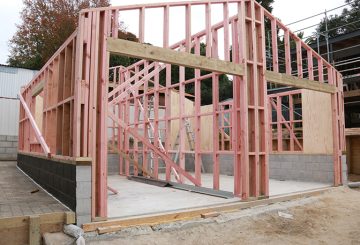Một dấu hỏi treo về việc liệu Waka Kōtahi – Cơ quan Giao thông NZ sẽ coi Quốc lộ Tiểu bang 30 giữa Whakatāne và Awakeri có nằm trong số 1% các con đường nguy hiểm nhất của đất nước hay không.
Một tờ thông tin được công bố bởi Waka Kotahi trong tháng này cho biết: “Đoạn của Quốc lộ Tiểu bang 30 này đã được xác định là một con đường nông thôn có nguy cơ cao”.
Từ năm 2016 đến năm 2020, hai người đã thiệt mạng và 16 người bị thương nặng trên đoạn SH30 này, và hầu hết trong số này đã bị đối đầu, chạy ra khỏi đường và tốc độ liên quan, nó nói.
Các kế hoạch hạ tốc độ giới hạn xuống 80kmh, và thấp hơn ở những nơi, là một phần của một bài đánh giá Waka Kōtahi hy vọng sẽ đưa ra thông báo vào giữa năm.
Một thông báo của Thủ tướng Chris Hipkins vào ngày 13 tháng 3 đã đề cập Chính phủ sẽ thu hẹp trọng tâm giảm tốc độ xuống 1% đường nguy hiểm nhất.
Waka Kotahi nói với Beacon thông báo này sẽ không có khả năng ảnh hưởng đến việc xem xét hiện tại của Quốc lộ Tiểu bang 30 tốc độ hoặc các cải tiến an toàn được lên kế hoạch giữa Whakatāne và Awakeri.
Ông kêu gọi bất kỳ thành viên nào trong công chúng có quan ngại về kế hoạch của Waka Kōtahi đi cùng với cộng đồng mở ngày để nói chuyện trực tiếp với các nhà hoạch định đường cao tốc.
Các cải tiến an toàn được đề xuất của Waka Kōtahi bao gồm lắp đặt một hàng rào trung vị dây dọc theo Quốc lộ Tiểu bang 30 giữa Whakatāne và Awakeri, lắp đặt các vòng xoay tại các nút giao thông với đường Thornton, đường Te Rahu và đường White Pine Bush.
Ngày mở cộng đồng:
Thứ Năm, 30 tháng 3 tại Trung tâm Sự kiện Awakeri từ 11:30 sáng đến 2 giờ chiều và từ 3 giờ chiều đến 6 giờ chiều.
Tín dụng: sunlive.co.nz





























































